May 24, 2025 | 16:21 GMT +7
May 24, 2025 | 16:21 GMT +7
Hotline: 0913.378.918
May 24, 2025 | 16:21 GMT +7
Hotline: 0913.378.918
Editor’s note: Biodiversity is crucial in maintaining ecosystems, sustaining the agriculture, fishery and health sectors, and contributing directly to socio-economic development. Unfortunately, on a global scale, scientists are observing biodiversity loss at the fastest rate in human history. They even mentioned the 6th global extinction. This challenge calls for solutions in each and every country, requiring a transnational action plan at the global level.
Balancing economic development and ecosystem preservation to maintain biodiversity is an urgent task in the 21st century. Vietnam is constantly striving to achieve that task through effective management of special-use forests and protection forests, thereby enhancing capacity and resilience.
Vietnam Agriculture Newspaper sent a group of reporters to observe the landscape at many National Parks and Nature Reserves. In months, these reporters travel through three regions and 96 special-use forests, providing insights that may not be fully complete but still characterize Vietnam’s ecosystem and biodiversity.

Over the past two years, the red-crowned crane has not returned to Tram Chim National Park.
Head of the Department, Mr. Nguyen Hoang Minh Hai, shares, “Over a decade ago, this area was full of red-crowned cranes. When I first worked at the park, sometimes I thought I could touch the cranes with my bare hands.” His voice blends into the sound of waves crashing against the side of the boat and gradually fades away. The 50-year-old man seems deep in his thoughts, reminiscing a moment that might never happen again.
The last time Tram Chim National Park hosted red-crowned cranes was in April 2021. Mr. Hai and the garden staff saw three cranes in the dry season. For two years, no sign of birds indicates the vanishing wetland environment.
Having worked as a crane conservationist for over 20 years, Mr. Hai considers the cranes as longtime friends and understands their behavior. He says the red-crowned cranes are very smart. Every seasonal migration, they memorize the environmental and climatic conditions and “teach” the fledglings. Accordingly, they will memorize the suitable areas to migrate in the following seasons; otherwise, they will find other locations.
Typically, red-crowned cranes come to Tram Chim National Park and surrounding areas from January to May every year. This period marks the dry season when the Dong Thap Muoi region can reach nearly 40 degrees Celsius. Very few creatures could survive in such conditions. Only purple spikerush can grow and develop, becoming the only food source for the entire ecosystem of the Ramsar site.
On the health measurement of the Ramsar ecosystem, red-crowned cranes are the indicator, and purple spikerush is the starting point. During this harsh season, the water dries quickly, revealing the heavily alkaline soil, but the purple spikerush still sprouts through the cracked soil. In the first two months, they multiply quickly and produce flowers, bear fruits, and vegetables. This is also when red-crowned cranes often come to Tram Chim National Park.
“Red-crowned cranes have omnivorous habits. They eat crabs, fish, and even rats, but purple spikerush is still their favorite food. Some other animals, such as ants or mice, also rely on purple spikerush to overcome the harsh dry season,” Mr. Hai explains.
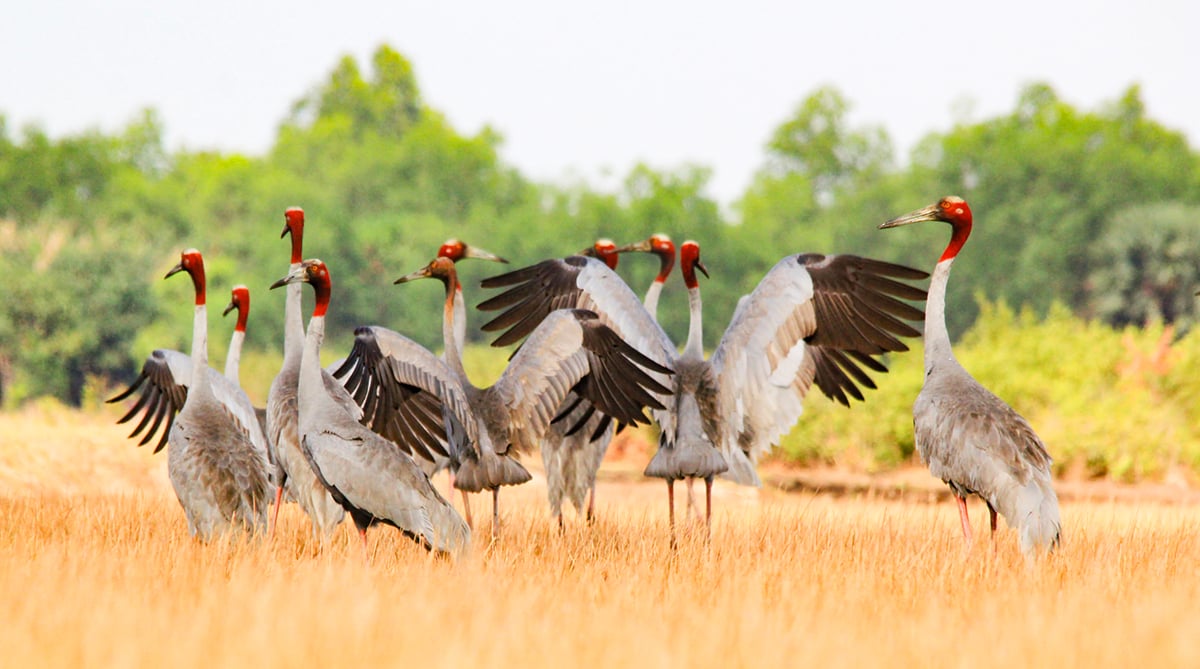
Of the three subspecies of red-crowned crane, the Oriental red-crowned crane has the narrowest population and is distributed only in Vietnam, Cambodia, Thailand and Myanmar.
In the Mekong Delta, scientists have discovered at least five types of grass. However, only the purple spikerush, the smallest and shortest kind (about the size of a needle and without luxuriant branches), can survive the dry season and attract red-crowned cranes.
It is not an exaggeration to say that purple spikerush is an endemic plant species of Tram Chim National Park, similar to wild rice in the flood season. Wild rice is a native rice variety with high adaptability to the fast-rising water season in the Dong Thap Muoi region. They grow and multiply quickly without the need for pest control. This rice’s height can increase between 10 and 20 centimeters per day and grow higher than the water level. The stems can grow up to several meters high above the water.
While many other herbaceous plants are submerged, wild rice is the food source for bird species and other animals in the area. It can seem that wild rice is unrelated to the red-crowned crane since it grows during the rainy season. However, Mr. Hai believes that ecosystem preservation that centralizes wild rice growth can attract red-crowned cranes to return.
Previously, when the Dong Thap Muoi region and Tram Chim National Park had not witnessed the development of canals and dikes, red-crowned cranes still flew thousands of kilometers to find tiny purple spikerush in the dry season.
In the past decade, local people devoted themselves to building canals and preserving water per the authority’s call for forest fire prevention. Consequently, soil and water quality decreased, limiting purple spikerush’s growth. From hosting thousands of red-crowned cranes every year, workers at the Tram Chim area are worryingly waiting for a sign of a single bird.
Mr. Nguyen Hoai Bao is a crane expert who teaches at the University of Natural Sciences (Vietnam National University, Ho Chi Minh City). He has traveled to regions where the red-crowned cranes frequent to learn more about this species’ behavior. His most recent trip was to Tonle Sap Lake (Cambodia), where he discovered a crane population.
Through research, Mr. Bao concludes that Anlung Pring province in Southeast Cambodia (near the border with Vietnam) attracts red-crowned cranes because people have used short-term rice that the cranes favor. In an area of about 20 hectares, all villagers practice diverse farming methods, reduce the use of pesticides and fertilizers, and limit logging and illegal encroachment into the reserve. Some areas are wasteland, sparsely populated, and mainly cultivated by humans, where red-crowned cranes live.
Leading us through the melaleuca forests, Mr. Bao sadly says: “In order to preserve the red-crowned cranes, we first need to identify why the crane population is declining. In my opinion, it is due to the general environmental deterioration of the Mekong Delta, in addition to the polluted environment caused by agricultural production."

Covering an area of more than 7,000 hectares, Tram Chim National Park is a Ramsar site with very high biodiversity. Photo: Tung Dinh.
Listening to Mr. Bao, we strain our eyes to look at frames in the flycam motion controller, which shows the images from an altitude of about 100 meters. Surrounding Tram Chim National Park is an almost closed dike system. The crane expert shares that due to climate change and the construction of dykes over the years, even in the peak months of the dry season, many areas of the garden are still wet.
Even the bare eyes can also recognize the narrowing grass fields. Many Melaleuca trees have fallen; others are thin and tilted due to excess water. In addition, decaying plant residues take all the oxygen in the water, making fish unable to live and birds and storks unable to find food.
However, red-crowned cranes still love Tram Chim National Park and the people working hard to sustain the natural environment. Mr. Bao recalls that in 2018, a male out of eleven cranes migrated there. The expert can confirm that this male crane return to Tram Chim 20 years in a row via the locator. This crane is considered old in the red-crowned crane’s age, equivalent to 60 years old in human’s year.
It was the last time the crane returned. No one knows how this old bird and the crane population stay alive. Only one thing is for sure, that crane lovers like Mr. Hai and Mr. Bao now have to travel to Cambodia and observe from afar to ease the nostalgia of the old days when the red-crowned cranes were inseparable to Tram Chim National Park.
Translated by Quynh Chi
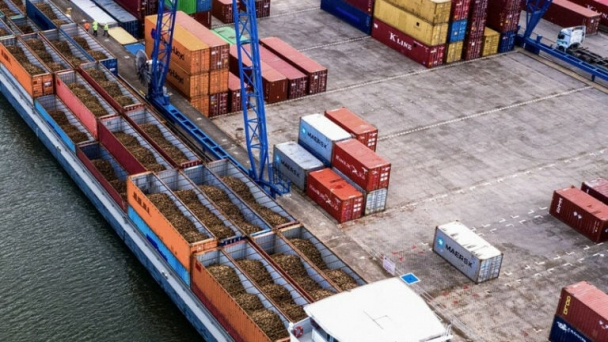
(VAN) The mutual export of agrifood products between the European Union (EU) and the United Kingdom (UK) must occur again without certification, border controls or other red tape. This was agreed at the UK-EU summit.
/2025/05/22/5121-2-173645_677.jpg)
(VAN) NBSAP Tracker identifies strengths and areas for improvement in the National Biodiversity Strategy, based on each region’s priorities and capacities.
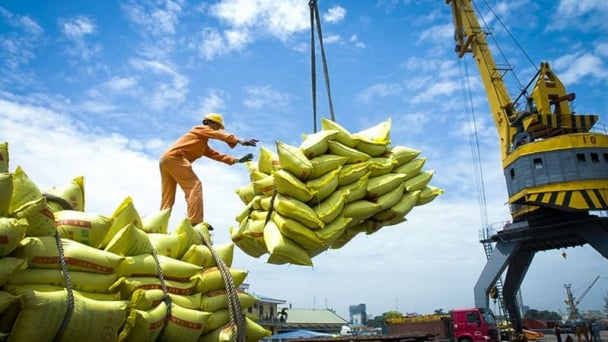
(VAN) The draft amendment to the Circular on rice export trading stipulates a periodic reporting regime for rice exporting enterprises.
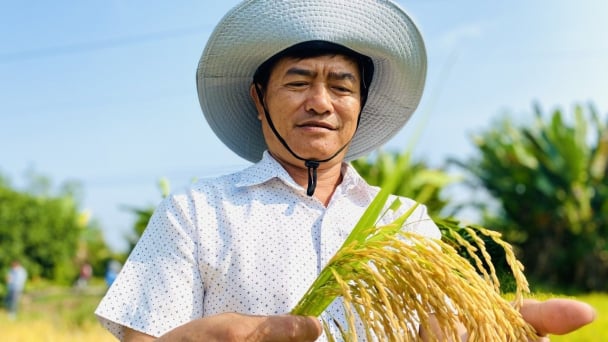
(VAN) Dong Thap farmers attained an average profit margin of 64% during the summer-autumn 2024 crop (first season), while An Giang and Kien Giang farmers followed with 56% and 54%, respectively.
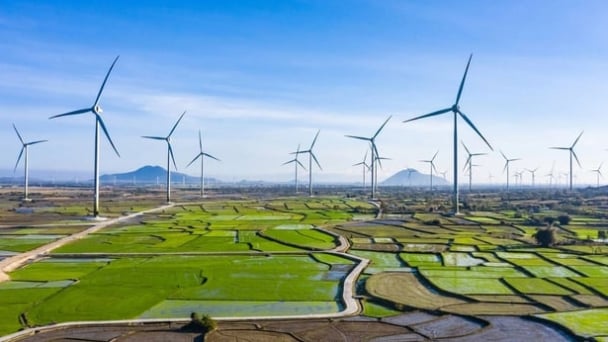
(VAN) As a doctoral student doing research on renewable energy and electrification at Harvard University, the author shares his musings on electricity, nature, and countryside memories.
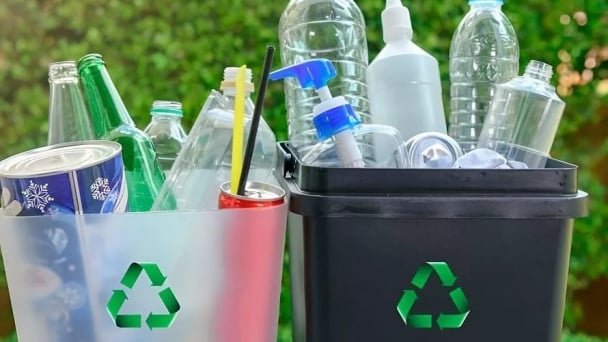
(VAN) The decree on Extended Producer Responsibility (EPR) ensures transparent management and disbursement of support funds, avoiding the creation of a “give-and-take” mechanism.

(VAN) Hue City rigorously enforces regulations regarding marine fishing and resource exploitation, with a particular emphasis on the monitoring of fishing vessels to prevent illegal, unreported, and unregulated (IUU) fishing.